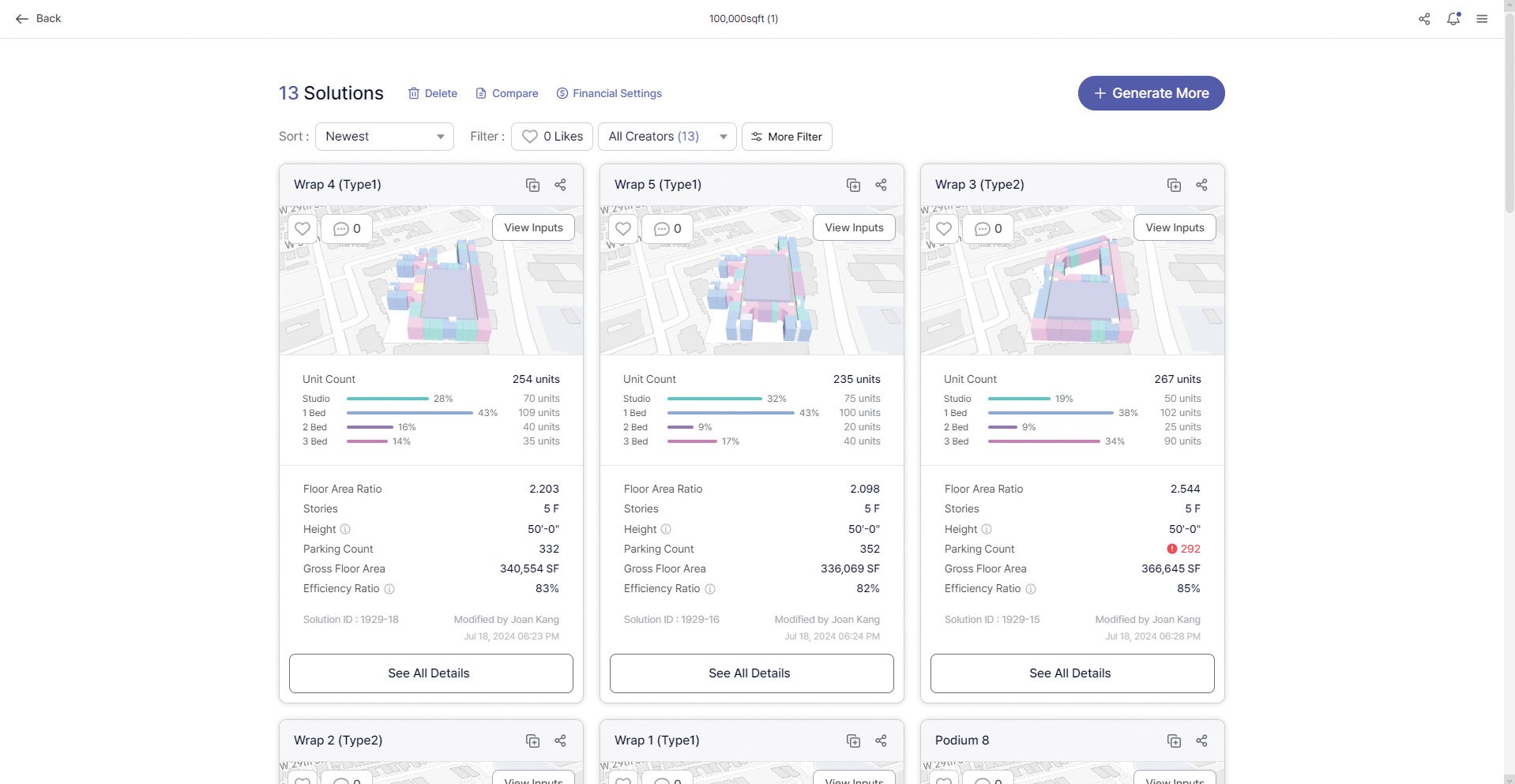
December 10, 2024
How AI Is Streamlining Schematic Design
The architectural profession is experiencing a paradigm shift driven by technological advances to streamline the design process. Even though it is suggested that architects invest about 20 percent of their time in schematic design, in practice, some studios spend more than that. The reason? Architects are increasingly asked to perform myriad tasks—feasibility studies, marketing packages, rendering options, energy modeling, and more—at the very early stages of design. Two software companies, Zenerate and Enscape, have recently released new versions to address these challenges.

Zenerate is an AI-powered tool that conducts feasibility studies for residential real estate developments. It was born out of CEO and cofounder Benji Shin’s own experiences as a junior architect. “I had to redraw floor plans over and over again because [the client] wanted to change the numbers, and it was the type of inefficiencies that I wanted to change,” Shin recalls. The software’s algorithms can generate different sets of unit mix and layout options, considering factors like unit type, square footage, height regulations, and design features.
Enscape’s latest release, version 4.1, introduces new features, including additional render modes (which are more abstract and less hyperrealist) and the Chaos AI Enhancer, which generates options for vegetation and people in finalized renderings. Importantly, the Enhancer does not alter the building design itself. “We don’t want to replace the artist, but we want to make a better paintbrush,” says Petr Mitev, vice president of Solutions for Designers. However, the most significant addition to the portfolio is the Enscape Impact add-on, which was developed in partnership with global climate tech company IES. This tool brings sustainability and building performance criteria into the early design process, allowing architects to analyze and visualize these factors in real time.
Ultimately, both Zenerate and Enscape drive a fundamental shift by leveraging AI and other technologies to reduce inefficiencies and empower architects to make better design decisions.
Would you like to comment on this article? Send your thoughts to: [email protected]
Latest
Projects
The Project That Remade Atlanta Is Still a Work in Progress
Atlanta’s Beltline becomes a transformative force—but as debates over transit and displacement grow, its future remains uncertain.
Profiles
WAI Architecture Think Tank Approaches Practice as Pedagogy
Nathalie Frankowski and Cruz García use their practice to help dismantle oppressive systems, forge resistance spaces, and reimagine collective futures.
Products
Functional Beauty: Hardware That Does More Than Look Good
Discover new standout pieces that marry form and function, offering both visual appeal and everyday practicality.





